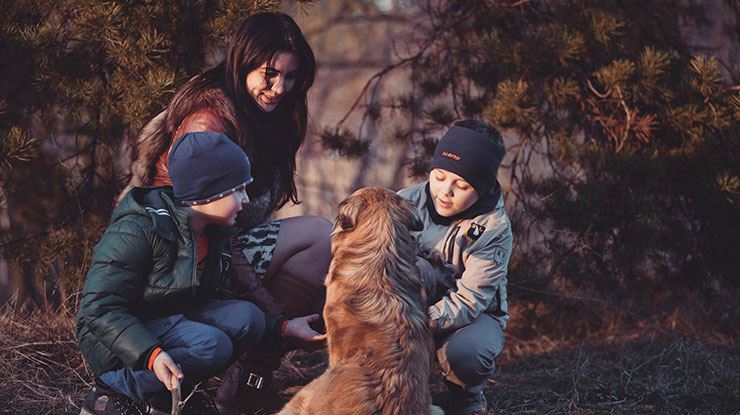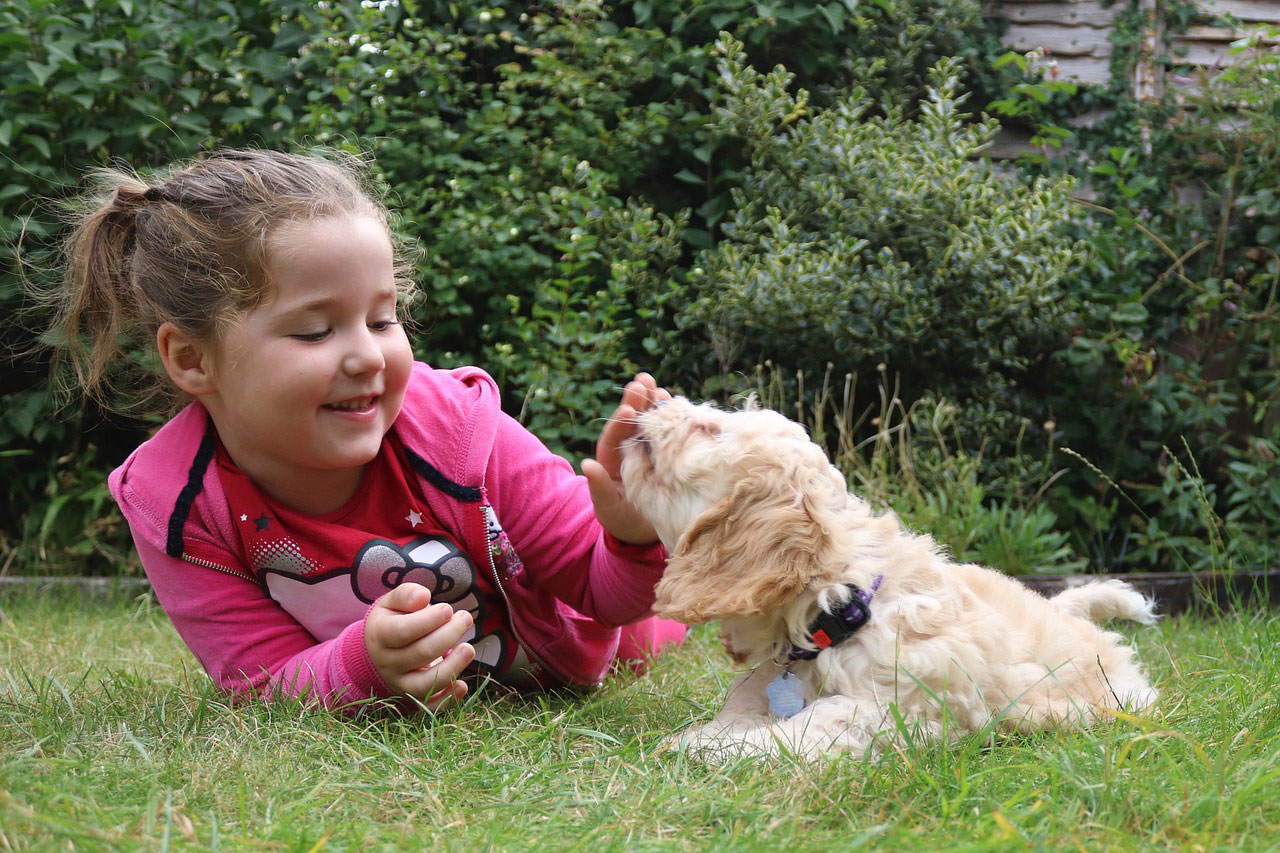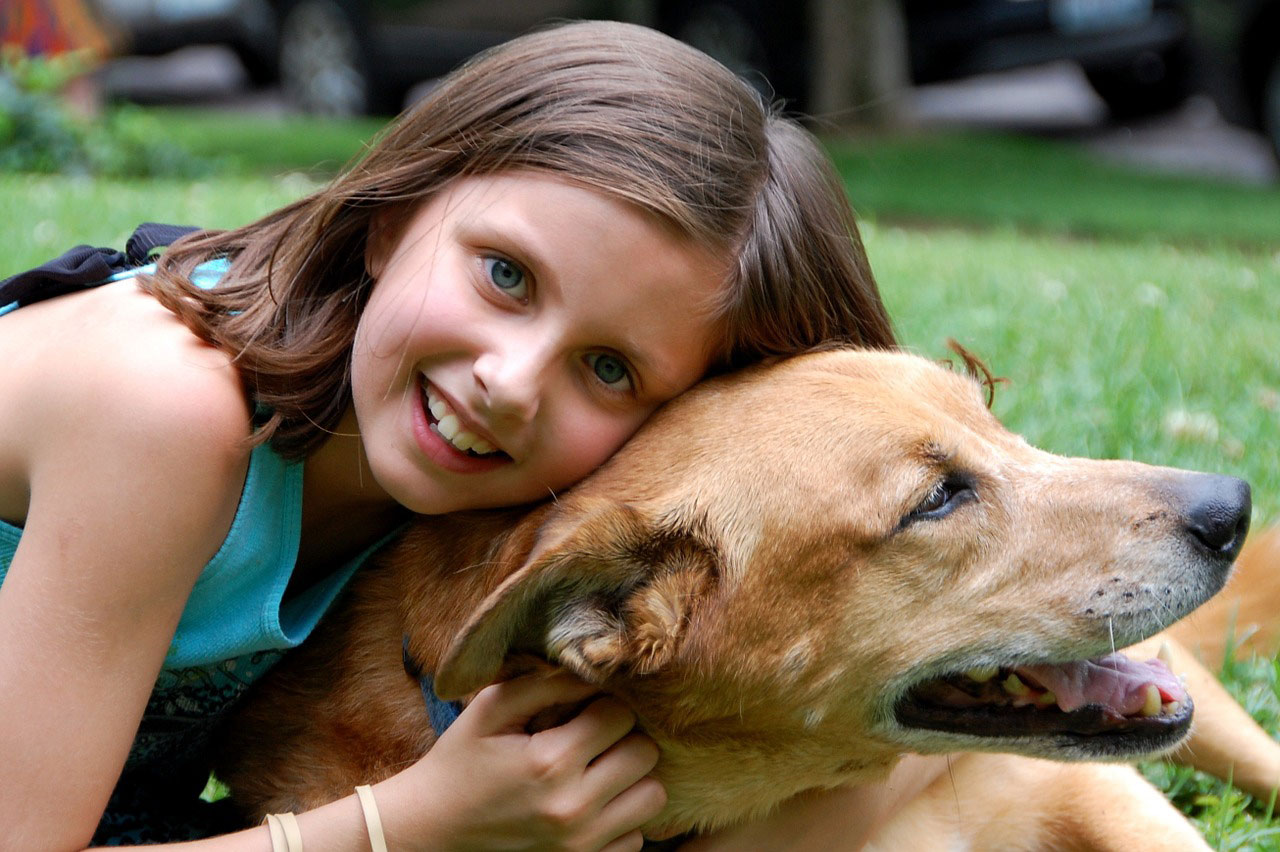
Facilitating Safe Play Between Your Dog and Your Children
When a new pet comes into your family, there can be plenty of excitement. But your dog and your child can also present danger to one another. When children are unfamiliar with animals, their behavior can appear threatening to a new pet, and in turn, your new pet may react negatively toward your children.
According to the Center for Disease Control, one in five people bitten by dogs will require medical attention, and children are more likely to be bitten by dogs than adults. But you can facilitate a safe play environment for your dog and your kids when you implement the following practices.
1. Supervise
When your kids and your dog meet for the first time, you should supervise their interaction. Once you've taught your children how to treat dogs and your dog is comfortable around your kids, they can begin to play. But you should be ready to warn your kids of unacceptable actions at a moment's notice.
If your children are younger, never let them play alone with the dog. No matter how much you trust your kids and your dog, supervision is vital. When an injury happens, it'll come from an unpredictable reaction.
Even when your kids and dog play often together, make sure you monitor their interaction in new settings or around new people. To promote playground safety for your children, you should ensure your dog is on his leash at all times. Make sure your kids don't try to bring your dog on the playground equipment or introduce it to other children without their parent's permission.
2. Teach Dog Etiquette
Educating your children about animals can make a huge difference and help your child develop a lasting friendship with your dog. Kids often don't realize what would scare or hurt a dog, and they might think of them as toys at first. Explain to your children that dogs are living things that become afraid just like they do. Your kids also need to know that they must ask an owner's permission before petting an animal.
Show your kids how to play gently with your dog, and when they get rough with it, stop them and point out what they were doing. Many children try to pat dogs, which can be an unpleasant, jarring experience for some pets. Demonstrate how to pet a dog in a kind way so your kids know the difference, and make sure they pet the dog on its head or back in the natural direction of their fur.
Body language is an important lesson for your kids to learn in dog etiquette. Certain positions can alarm or threaten a dog, like sudden movements or intimidating motions. If your child is swinging their arms at a dog, even if they aren't touching the dog, he can feel like he’s in danger. Teach your children to behave calmly and respectfully around your pet.
3. Enforce Hands-Off Time
Dogs need to have certain places and times in which your children don't disturb them. When your family gives your dog this space, it can keep him from feeling overwhelmed. When he’s eating and sleeping, these times should be designated as hands-off situations. Many dogs closely guard their resources and some can become aggressive if their food is taken away. Make sure your children never try to remove your dog's treats or food.
You can implement a safety practice where, if you see your dog become stressed, anxious, or overly energetic, you'll call out a word like, “Halt!" Your kids can stop what they're doing and back away from the dog. Once everyone is calm again, you can give another signal.
Always use chew toys and other designated objects to play, and never let a dog gnaw on your hands or your child's. Even if the dog is only playing and the gnawing doesn't hurt, you need to let your dog know he can only chew on certain objects, not living beings.
4. Observe Warning Signs in Your Dog
Dogs exhibit certain body language to show they feel unsafe, just like humans. Watch out for these signs of aggression or fear in your dog and teach your children about them to prevent dog bites.
- Guttural barking or growling
- Whale eyes (which means the whites of the dog's eyes are prominent)
- Rounding the back or hunching over, especially with raised fur on the back
- Extreme stillness or rigidity
- Muzzle punch (which means the dog rams you with his nose)
- Showing teeth or snarling
- Avoidance and attempting escape
- Pinning back the ears
Create a Secure and Supervised Play Environment
Your dog and children can become close friends that love to play, but you need to establish safe boundaries first. Through supervision and education, you can prevent injuries and maintain a fun atmosphere.
Emily is a freelance wildlife conservation and pet blogger. To check out more of her work, see her blog, Conservation Folks, or follow her Twitter account @emilysfolk.










